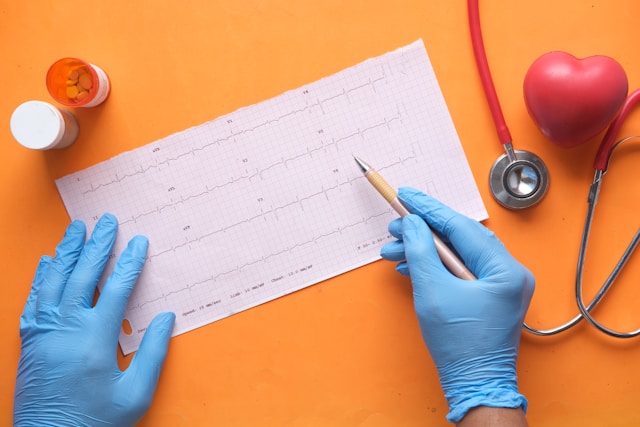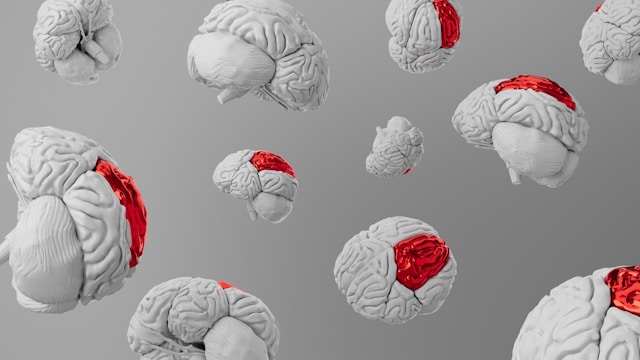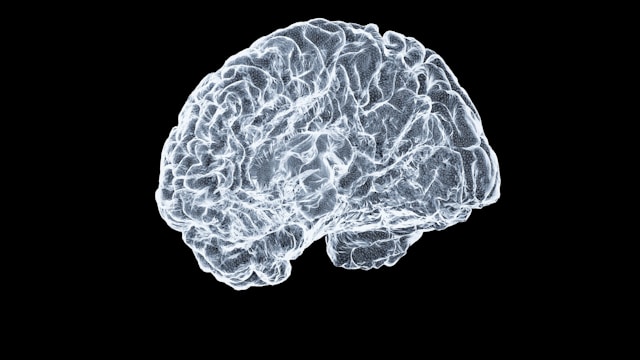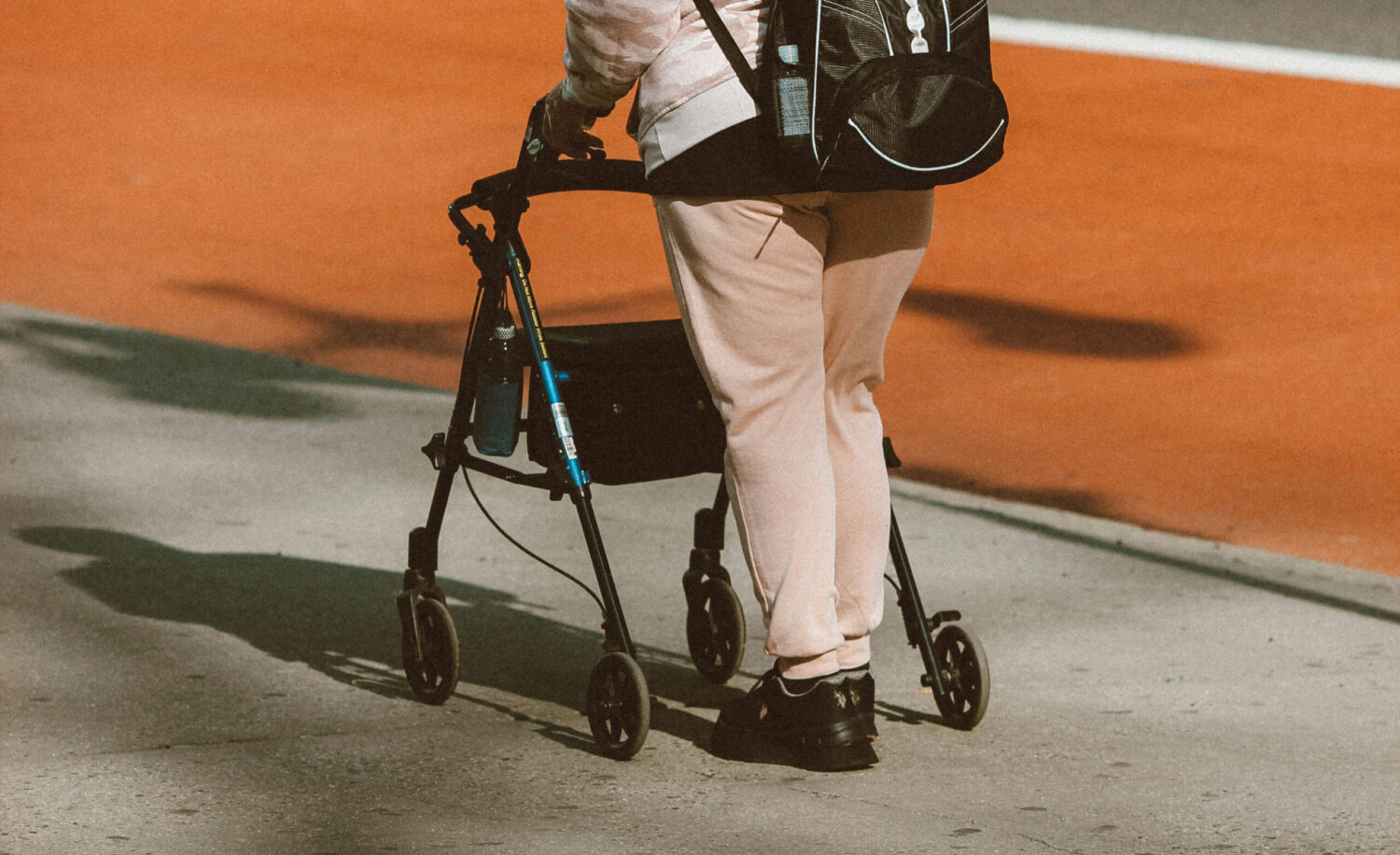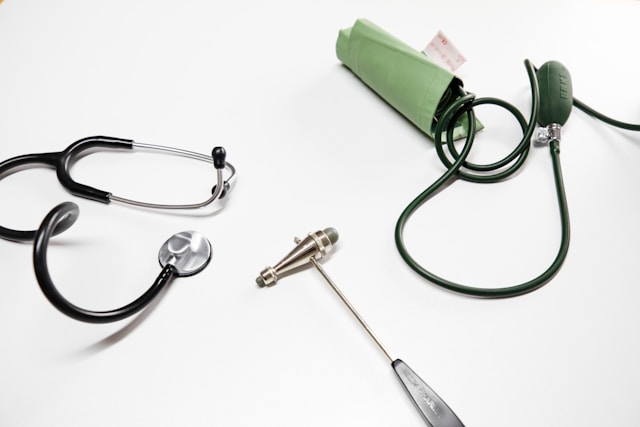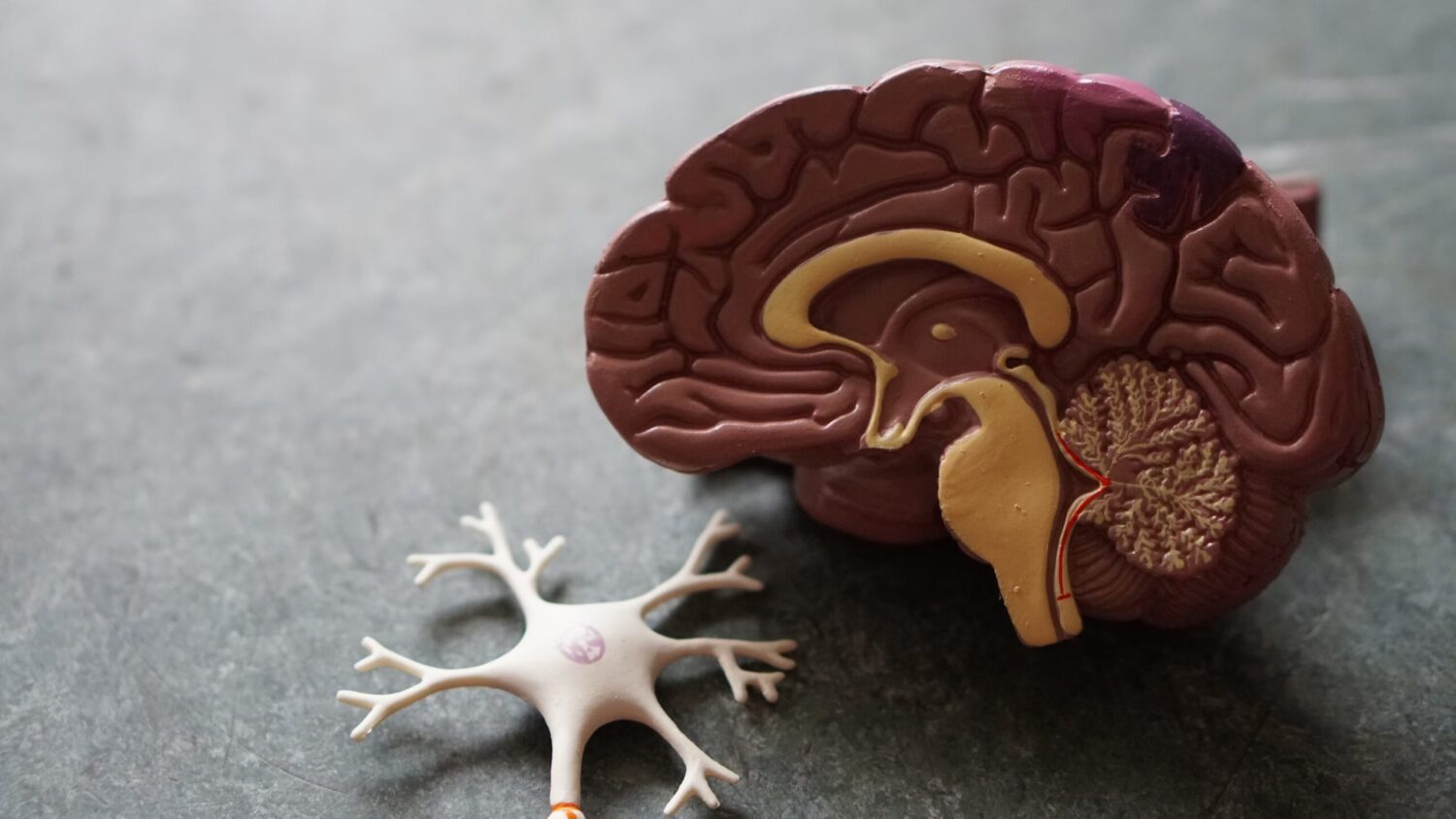Авторы:
L. V. Stakhovskaya1, N. A. Shamalov1, D. R. Khasanova2, E. V. Mel’nikova3, A. S. Agaf’ina4, K. V. Golikov5, E. I. Bogdanov6, A. A. Yakupova6, L. V. Roshkovskaya7, L. V. Lukinykh8, T. M. Lokshtanova9, I. E. Poverennova10, L. A. Shchepankevich11
1Research Institute of Cerebrovascular Pathology and Stroke, Pirogov Russian National Research Medical University, Russian Ministry of Health, Moscow, Russia.
2Interregional Clinical Diagnostic Center, Kazan, Russia.
3St. Petersburg City Clinical Hospital No. 26, St. Petersburg, Russia.
4St. Petersburg City Clinical Hospital No. 40 of the Resort Administrative District, St. Petersburg, Russia.
5St. Petersburg City General Hospital No. 2, St. Petersburg, Russia.
6Kazan Sate Medical University, Russian Ministry of Health, Kazan, Russia.
7Nikolaevskaya Hospital, St. Petersburg, Russia.
8Vsevolzhsk Clinical Interregional Hospital, Leningradskaya Oblast, Russia.
9Pirogov City Clinical Hospital No. 1, Samara, Russia.
10Seredavin Samara Regional Clinical Hospital, Samara, Russia.
11Research Institute of Experimental and Clinical Medicine, Novosibirsk, Russia.
Место публикации:
NEUROSCIENCE AND BEHAVIORAL PHYSIOLOGY, VOL. 48, NO. 8, OCTOBER, 2018
